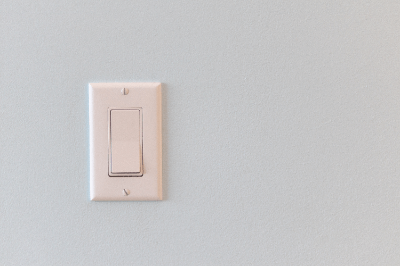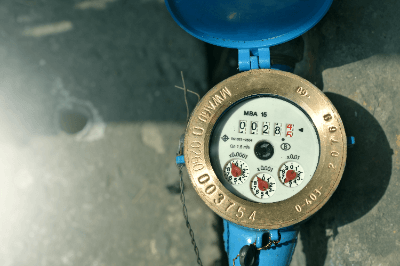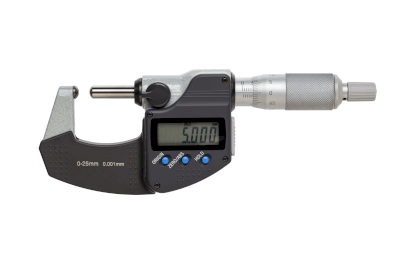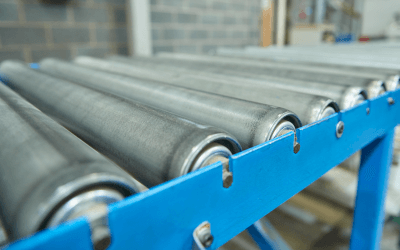What Is a DC Clamp Meter?
A DC clamp meter is an electrical measuring tool specifically designed to measure direct current (DC) without interrupting the circuit. Unlike AC clamp meters or dual-purpose AC/DC clamp meters, DC clamp meters are particularly adept at measuring microcurrents in DC circuits, although they are less common than dual-purpose models.
Clamp meters measure current by encircling a wire with their clamp head, capturing the magnetic field generated by the current and converting it into a readable current value. This method offers a non-intrusive and safe way to measure current flow in a circuit.
Uses of DC Clamp Meter
DC clamp meters are ideal for measuring low-range currents (from 0.1mA to about 100mA), making them suitable for semiconductor and electronic circuit applications. While specialized high-voltage DC clamp meters are rare, dual-purpose AC/DC clamp meters are often used for higher-voltage applications. Their non-intrusive measurement capability makes them safe and convenient for electrical work.
Principle of DC Clamp Meter
DC clamp meters use a magnetic core and a Hall element to detect and measure the magnetic field generated by the current flow in a wire. The core is designed to open for wire insertion and then close during measurement. Hall elements output a voltage proportional to the magnetic field’s density (Hall effect), allowing the accurate measurement of DC currents. However, magnetization of the core can lead to measurement errors, so periodic demagnetization is necessary. The meter’s processing unit calculates the current value based on the Hall element’s output.
How to Use a DC Clamp Meter
1. Clamping Method
To use a DC clamp meter, simply clamp the cable within the meter’s head. Positioning the cable at the center of the head ensures minimal measurement error.
2. Current Direction
The current direction matters when measuring DC. Clamp meters typically have “+” and “-” markings indicating current flow direction, which affects whether the measured value is positive or negative.
3. Leakage Current Measurement
To measure leakage current in a device, pass one of the cables (outgoing or return) through the clamp head. If there’s leakage to the ground, the return current will be less than the outgoing current. Clamp the meter around the ground wire to measure this leakage current, typically a few mA to several tens of mA, which is well within the range of DC clamp meters designed for microcurrent measurements.






